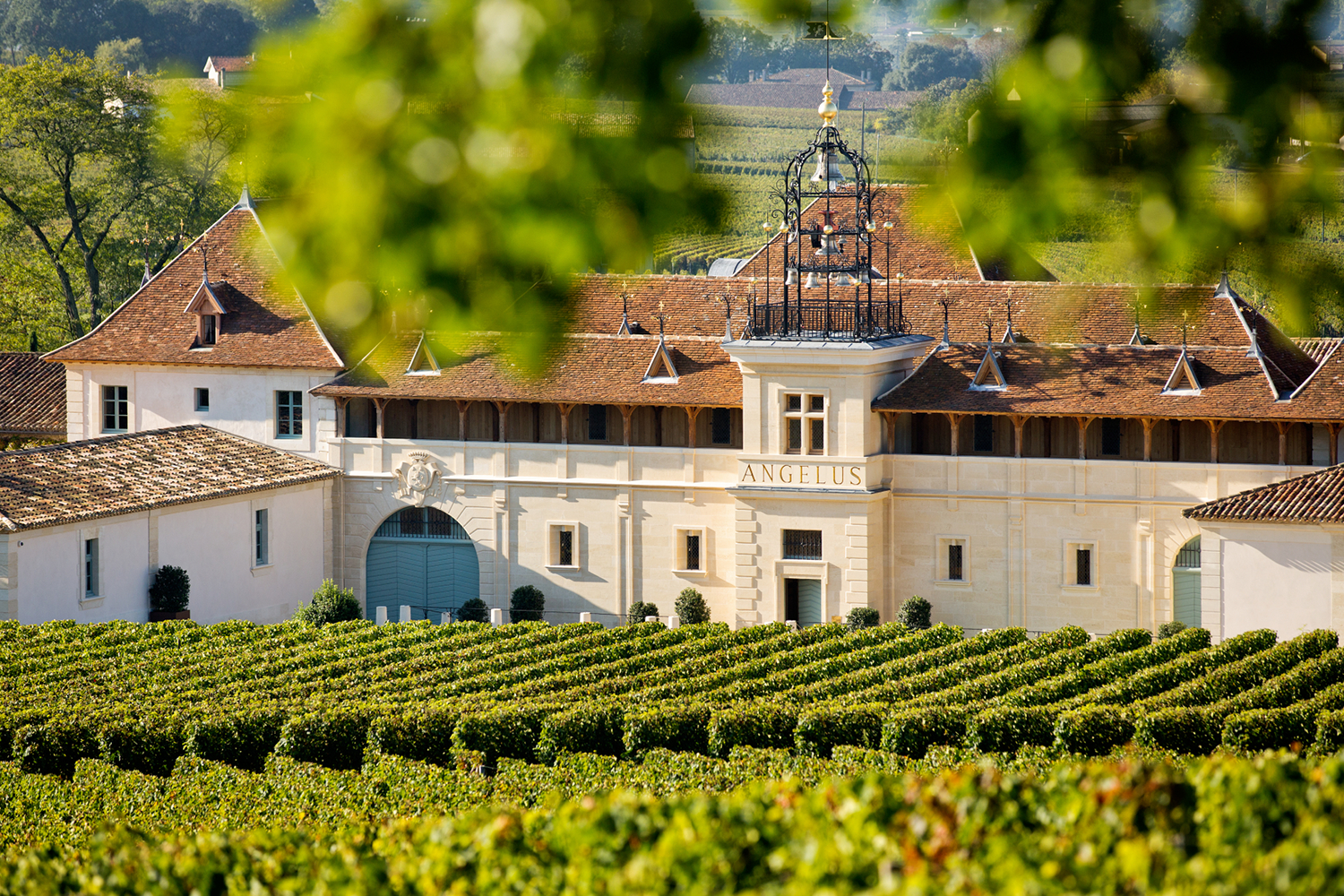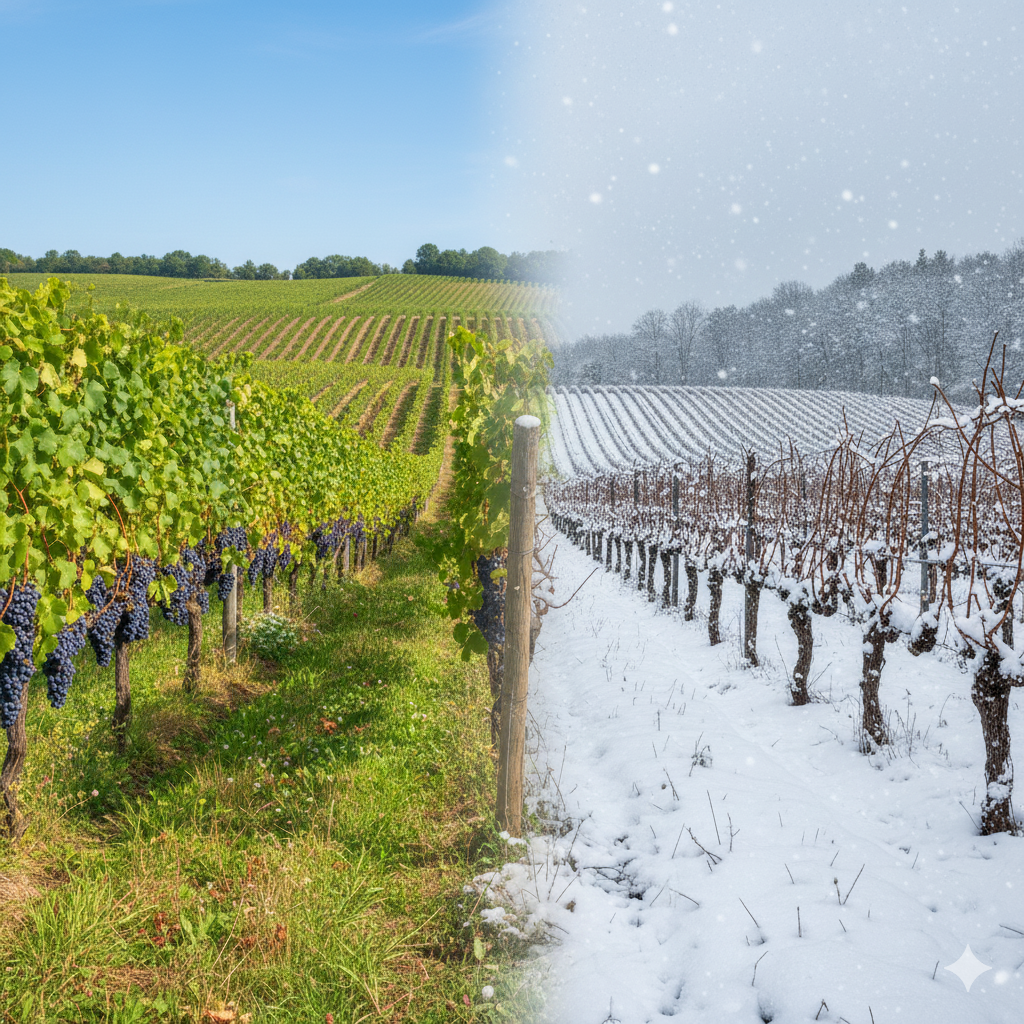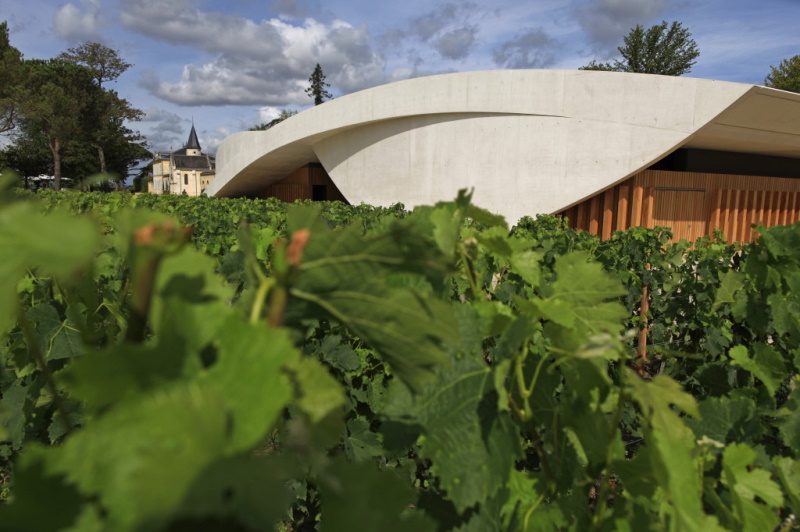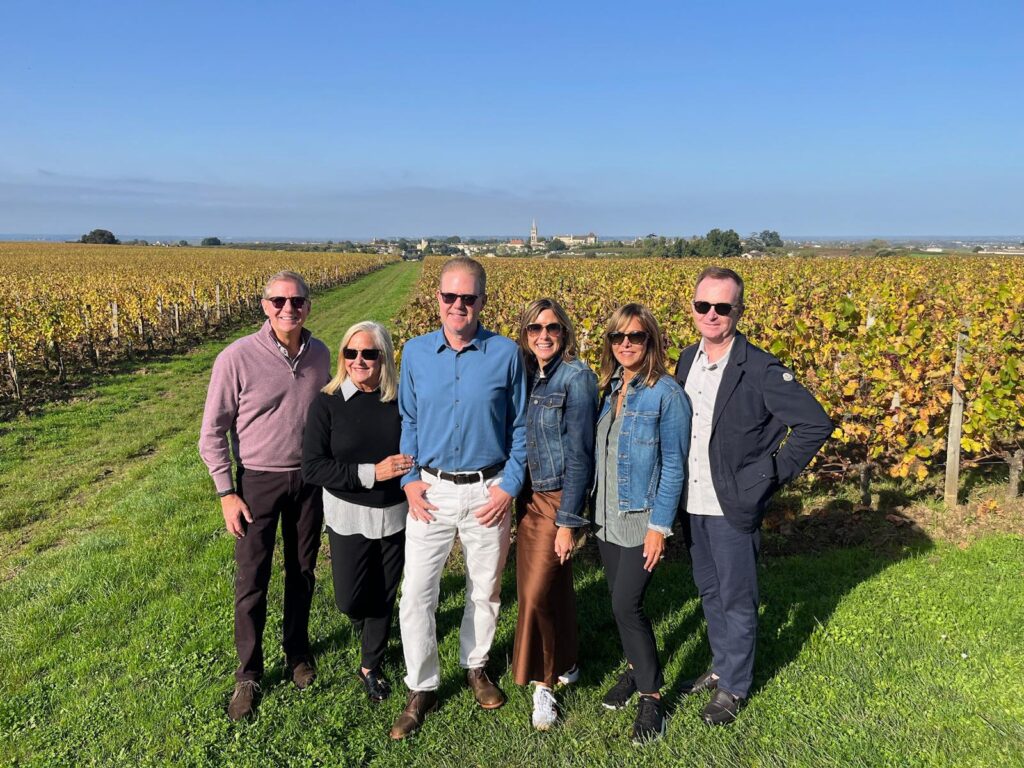
The 2022 Saint-Émilion classification, a system revised approximately every ten years, caused significant controversy due to the departure of several major châteaux and changes to the classification criteria. The withdrawals of powerhouses like Ausone, Cheval Blanc, and Angélus have reshaped the appellation's landscape, leaving many collectors to reassess the significance of the ranking. This guide delves into the key changes, the reasons behind the controversy, and the implications for the future of Saint-Émilion.

Unlike the static 1855 classification of the Médoc, the Saint-Émilion classification is re-evaluated periodically to reflect the evolving quality of its châteaux. This method is not without its challenges. The 2022 edition was the seventh since its inception in 1955, and it proved to be one of the most tumultuous. The list officially released in September 2022, featured 85 estates: two Premiers Grands Crus Classés A, 12 Premiers Grands Crus Classés, and 71 Grands Crus Classés. This marked a shift from the 2012 ranking, which had four estates at the top "A" level.
The most notable changes were the promotions and demotions that came with the new ranking. After long being considered unfairly overlooked, Château Figeac was elevated to the top tier, Premier Grand Cru Classé A, joining Château Pavie. This promotion was widely anticipated and celebrated, acknowledging Figeac's consistent quality and strong reputation.
The biggest story of the 2022 classification wasn't who was in, but who was out. Three of the four reigning Premier Grand Cru Classé A châteaux from 2012—Cheval Blanc, Ausone, and Angélus—all announced their withdrawal from the process. Their decisions, made sequentially in 2021 and 2022, sent shockwaves through the wine world and underscored deep-seated dissatisfaction with the system.
Each château had its own reasons, but a common thread emerged: a belief that the classification's criteria had strayed too far from the fundamentals of terroir and wine quality.

The controversy surrounding the 2022 classification extends beyond the high-profile departures. The changes to the evaluation criteria were at the heart of the matter. The revised system, overseen by the French national appellation authority (INAO), stipulated a 50% weighting for blind tastings of multiple vintages. While this might seem positive, other factors like reputation, marketing activities, and viticultural techniques also played a significant role. For some producers, the balance was off, particularly at the highest levels of the classification.
The departures of the three top-tier châteaux have left a gaping hole in the classification. They are no longer permitted to display their classified status on their labels for new vintages, and the once-revered "Premier Grand Cru Classé A" category has been reduced from four to just two estates. This has raised questions about the credibility and relevance of the system itself. Can a classification truly represent the pinnacle of a region's wines if some of its most famous and highest-regarded estates are no longer a part of it?
For collectors, this new landscape presents a challenge and an opportunity. The value and reputation of Ausone, Cheval Blanc, and Angélus are so well-established that their absence from the classification has had no discernible negative impact on their market performance. In fact, their prices have remained strong, driven by brand recognition and consistent critical acclaim. The market, it seems, has its own classification system.
The departures also open the door for a new generation of winemakers. The 2022 classification saw many new entrants and promotions, rewarding those who have invested heavily in their properties and winemaking. This "healthy rivalry," as some in the region describe it, could drive innovation and quality throughout the appellation.
A simple overview of Bordeaux's dynamic wine hierarchy.
Total Classified Châteaux
The pinnacle of the classification.
Recognizing estates of outstanding quality.
This largest tier comprises 71 estates, including new and re-classified properties, demonstrating a high standard of quality.

The 2022 Saint-Émilion classification is more than just a list of names; it's a reflection of a region grappling with its identity. For collectors, the lesson is clear: while the official ranking remains a useful reference, it's no longer the sole arbiter of quality in Saint-Émilion. The true face of Saint-Émilion is now a dual one, with an official classification coexisting alongside a powerful, unclassified "top layer" of world-class estates.
When collecting, consider the following:
The 2022 classification marks a pivotal moment in Saint-Émilion's history. It's a reminder that even in the most traditional of wine regions, change is inevitable. The market and savvy collectors are now the ultimate judges, guided by a new and ever-evolving understanding of what makes a great Saint-Émilion wine.
Q: What is the Saint-Émilion classification?
A: The Saint-Émilion classification is a ranking system that organizes the wines of the châteaux of the Saint-Émilion wine region in Bordeaux, France. Unlike the well-known but static 1855 classification of the Médoc, the Saint-Émilion ranking is revised every ten years to reflect changes in the quality and reputation of the estates.
Q: Why was the 2022 classification so controversial?
A: The 2022 classification was controversial due to the high-profile withdrawal of three of its four top-ranked estates (Ausone, Cheval Blanc, and Angélus). These châteaux claimed that the classification's criteria had strayed too far from focusing on terroir and wine quality, instead placing too much weight on marketing, social media, and tourism.
Q: What were the key changes in the 2022 classification?
A: The 2022 classification saw the number of Premiers Grands Crus Classés A reduced from four to two (Château Ausone, Cheval Blanc, and Angélus withdrew), with Château Figeac being newly promoted to this top tier. The classification also saw many other estates promoted to the lower tiers.
Q: Did the withdrawal of the châteaux affect their market value?
A: No, the market value and reputation of Ausone, Cheval Blanc, and Angélus have remained strong. Their brands are so well-established that their absence from the official classification has had little to no negative impact on their market performance.
Q: Does the classification still matter?
A: Yes, the classification remains a useful reference and continues to influence the market. However, for many collectors, it is no longer the sole indicator of quality in Saint-Émilion. The market itself has developed a separate "classification" that recognizes the quality of the unclassified, top-tier estates.

Experience the finest private wine tours in Bordeaux and beyond. With over 20 years of expertise, we craft tailor-made wine journeys to iconic regions like Médoc, Saint-Émilion, Burgundy, and Champagne. Explore exclusive chateaux with expert guides and seamless planning for a truly unforgettable experience.